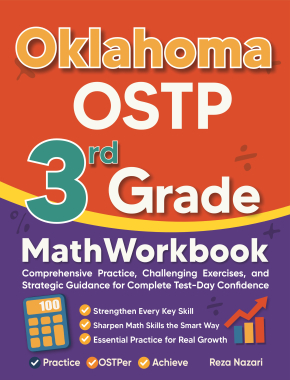How to Identify One-by-One Functions from the Graph
Visualizing mathematical concepts, especially functions, can simplify their understanding. When it comes to one-to-one functions, their graphical representation provides a clear and immediate way to discern their unique nature. This guide illuminates the path to identifying one-to-one functions by closely examining their graphs.
[include_netrun_products_block from-products="product/6-south-carolina-sc-ready-grade-3-math-practice-tests/" product-list-class="bundle-products float-left" product-item-class="float-left" product-item-image-container-class="p-0 float-left" product-item-image-container-size="col-2" product-item-image-container-custom-style="" product-item-container-size="" product-item-add-to-cart-class="btn-accent btn-purchase-ajax" product-item-button-custom-url="{url}/?ajax-add-to-cart={id}" product-item-button-custom-url-if-not-salable="{productUrl} product-item-container-class="" product-item-element-order="image,title,purchase,price" product-item-title-size="" product-item-title-wrapper-size="col-10" product-item-title-tag="h3" product-item-title-class="mt-0" product-item-title-wrapper-class="float-left pr-0" product-item-price-size="" product-item-purchase-size="" product-item-purchase-wrapper-size="" product-item-price-wrapper-class="pr-0 float-left" product-item-price-wrapper-size="col-10" product-item-read-more-text="" product-item-add-to-cart-text="" product-item-add-to-cart-custom-attribute="title='Purchase this book with single click'" product-item-thumbnail-size="290-380" show-details="false" show-excerpt="false" paginate="false" lazy-load="true"]

Step-by-Step Guide to Identify One-by-One Functions from the Graph
Here is a step-by-step guide to identify one-by-one functions from the graph:
Step 1: Understand the Essence of One-to-One Functions
Before diving into graphical analysis, it’s crucial to grasp the basic tenet of one-to-one functions: for every unique input, there is a unique output. No two different inputs will map to the same output.
Step 2: Introduce the Horizontal Line Test
- The Principle: A function is one-to-one if and only if no horizontal line intersects its graph more than once.
- Why it Works: A horizontal line represents a constant output (\(y\)-value). If it touches the graph at two distinct points, it means two different inputs (\(x\)-values) produce the same output, thus violating the one-to-one principle.
Step 3: Examine the Graph
- Start Simple: Begin by sketching or looking at a graph of the function.
- Horizontal Sweep: Visualize or draw horizontal lines across the graph. It’s not necessary to draw every possible line. Instead, focus on areas where the graph seems closest to crossing a horizontal line multiple times.
Step 4: Interpreting Results
- Single Intersection: If each horizontal line touches the graph at most once, it confirms the function is one-to-one.
- Multiple Intersections: Even a single horizontal line intersecting the graph at more than one point means the function is not one-to-one.
Step 5: Special Cases and Considerations
- Continuous vs. Discontinuous Graphs: The horizontal line test applies universally, whether the function’s graph is a smooth curve, a set of points, or a combination.
- Monotonic Graphs: Graphs that are always increasing or always decreasing are inherently one-to-one. They’ll always pass the horizontal line test. However, the reverse isn’t always true; not all one-to-one functions have monotonic graphs.
Step 6: Practice with Multiple Graphs
Building familiarity is key. Over time, with exposure to a variety of function graphs, you’ll develop an intuitive sense of identifying one-to-one functions quickly.
Final Word
While the intricate world of functions might seem overwhelming, the graphical approach offers a straightforward path to understanding. The horizontal line test, in its elegant simplicity, is a powerful tool to determine the one-to-one nature of functions. As with many mathematical concepts, practice deepens comprehension, turning complex labyrinths into navigable pathways.
Related to This Article
More math articles
- 5 Best HiSET Math Study Guides
- 10 Most Common 3rd Grade MEAP Math Questions
- Write a Ratio
- OAR Math Worksheets: FREE & Printable
- Best Coronavirus Resources for Students
- The Remainder Theorem
- Best Graphing Calculators for Precalculus
- How to Detecting Limits from Graphs
- Number Properties Puzzle -Critical Thinking 2
- Line Graphs























What people say about "How to Identify One-by-One Functions from the Graph - Effortless Math: We Help Students Learn to LOVE Mathematics"?
No one replied yet.